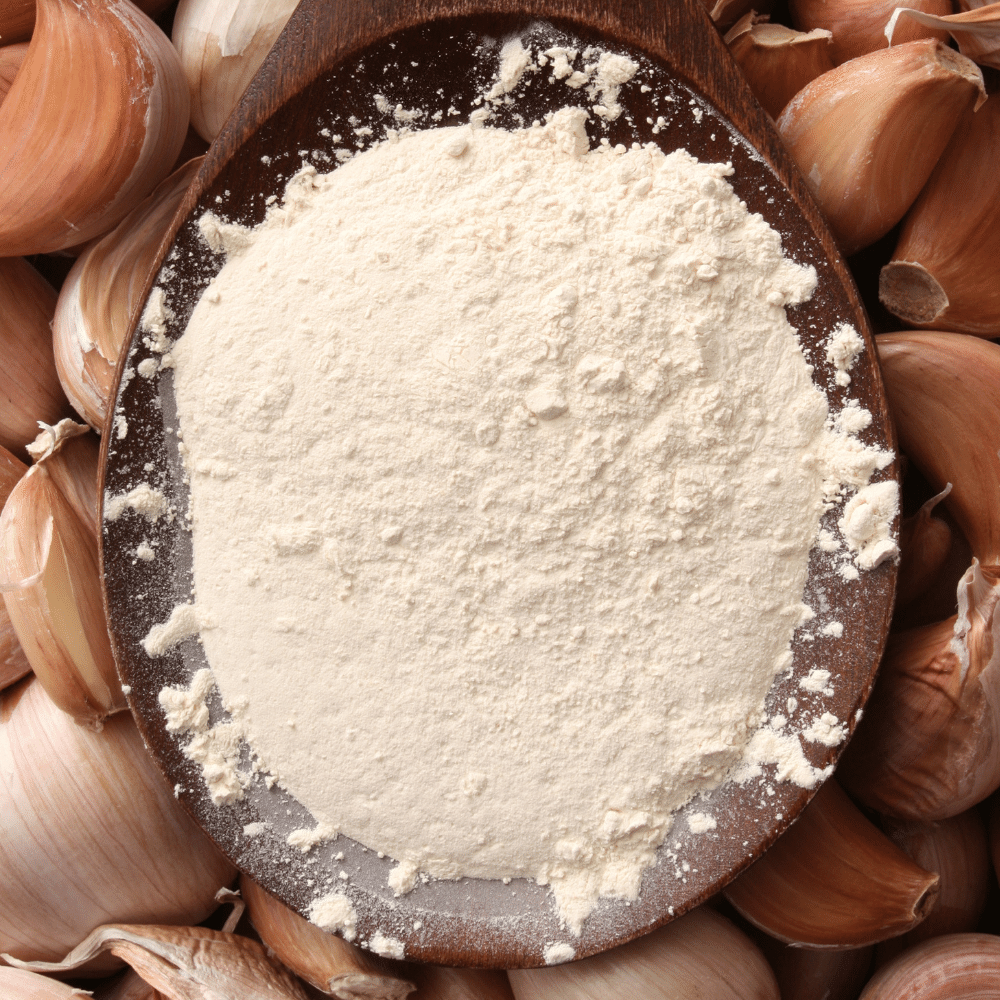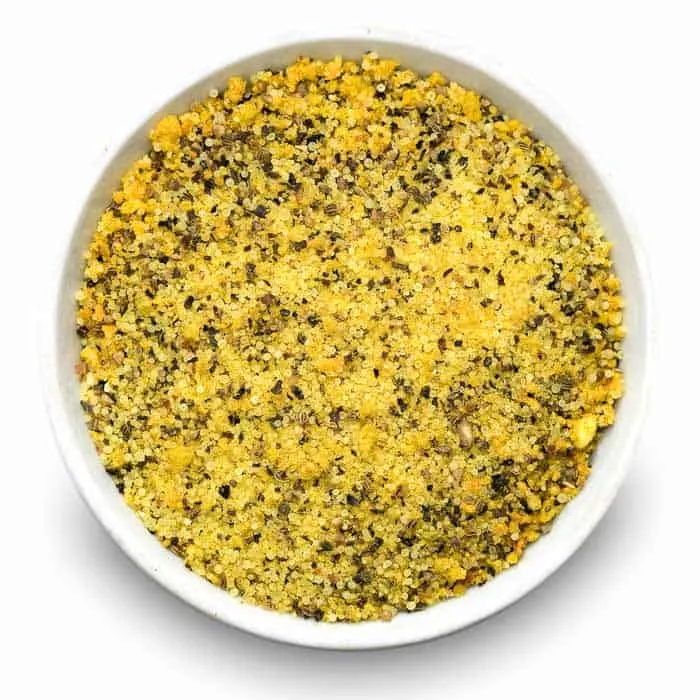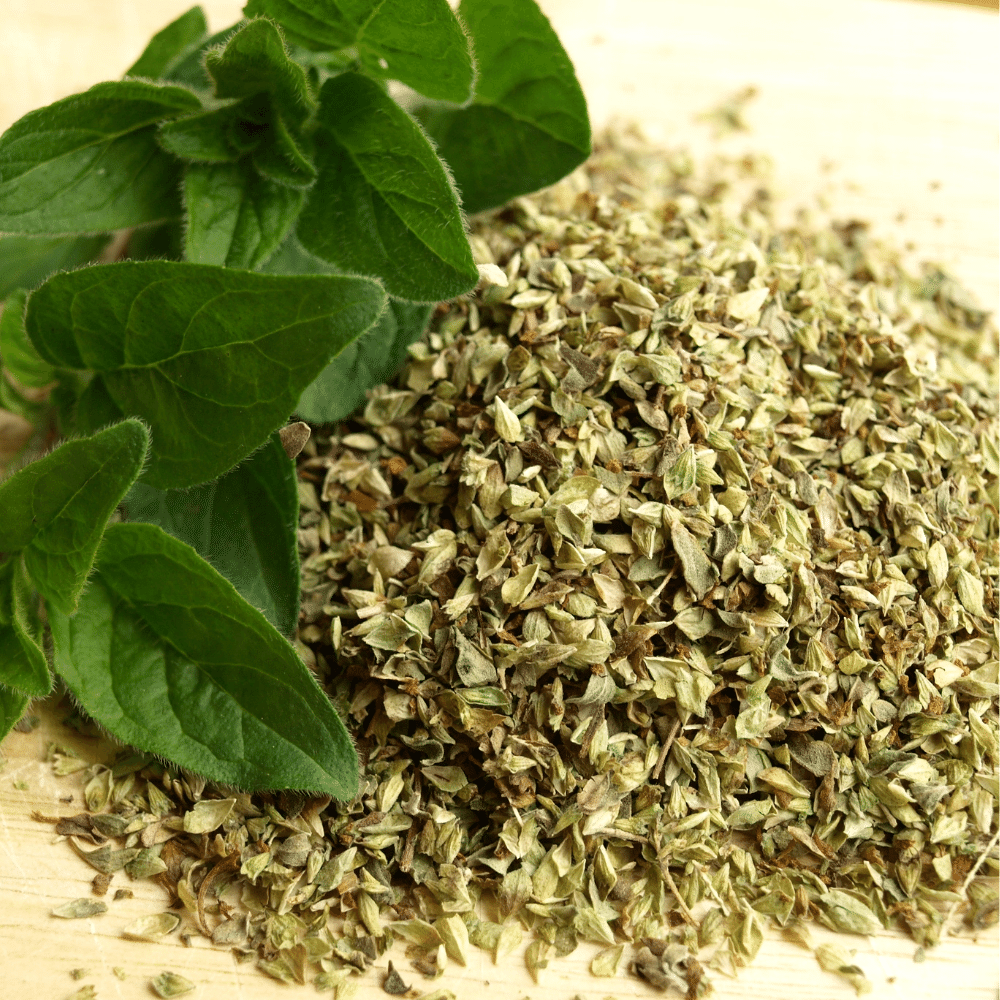Tuna steak is a great way to enjoy seafood without breaking the bank.
It’s also incredibly versatile and can be cooked in many different ways.
But if you want to really bring out its flavor, then adding spices is key.
There are so many options when it comes to seasoning tuna steak, but some work better than others.
Here are 8 of the best spices for tuna steak that will make your dish taste delicious!
Read Also:
- What Vegetables Go Well With Tuna Steak? 15 Best Veggies
- Tuna Wine Pairing – The Best Wines for Tuna Meals
- Tuna Steak Wine Pairing: The Best Wines for Tuna Steaks
What is Tuna Steak?

Tuna steak is a cut of tuna that is usually cut from the loin or back of the fish.
It can be grilled, seared, broiled, poached, baked or pan-fried.
Tuna steaks are typically thick and meaty with a firm texture and mild flavor.
They have a high-fat content which makes them ideal for grilling as they won’t dry out easily.
The most popular types of tuna steak are yellowfin (ahi) and bluefin (maguro).
Tuna steaks should be cooked quickly over high heat to keep them moist and tender.
If overcooked they will become dry and tough.
When buying tuna steaks look for ones that are bright red in color with no browning around the edges; this indicates freshness.
Tuna steaks should also have an even thickness throughout so that they cook evenly when prepared.
The 8 Best Spices for Tuna Steak
Tuna steak is a delicious and healthy dinner option, but adding the right spices can make it even better.
Here are eight spices that will bring out the best in tuna steak, creating a flavorful and unforgettable meal:
1. Garlic powder

Garlic powder is a seasoning made from dehydrated garlic cloves that have been ground into a fine powder.
It has a strong, pungent flavor and aroma that can be used to enhance the flavor of many dishes.
- How to Use Garlic Powder: Garlic powder is an easy way to add garlic flavor without having to chop or mince fresh garlic. It can be added directly to recipes or used as a dry rub for meats and fish before cooking. When using it in recipes, start with 1/4 teaspoon per serving and adjust according to taste.
- Health Benefits of Garlic Powder: In addition to its culinary uses, garlic powder also offers some health benefits due to its high levels of antioxidants and anti-inflammatory compounds. Studies have shown that consuming garlic may help reduce cholesterol levels, lower blood pressure, and improve immune system function.
2. Paprika

Paprika is a spice made from grinding dried red peppers.
It has a mild, sweet flavor and can range in color from bright orange-red to deep brick-red.
The most common type of paprika used in cooking is the Hungarian variety, which has a slightly smoky flavor.
- How to Cook With Paprika: Paprika adds both flavor and color to dishes. It can be used as an ingredient or sprinkled on top of finished dishes for added flavor and visual appeal. When using paprika in recipes, it’s best to add it near the end of cooking so that its flavor isn’t lost during long cooking times.
- Paprika Substitutes: If you don’t have any paprika on hand, you can substitute other spices such as chili powder, cayenne pepper or smoked paprika for similar flavors with varying levels of heat. You can also use ground red pepper flakes if you need something with more heat than regular paprika provides.
3. Lemon pepper

Lemon pepper is a seasoning blend made from ground black peppercorns, lemon zest and other herbs and spices.
It has a bright citrus flavor with a hint of heat from the pepper.
- How to Use Lemon Pepper: Lemon pepper can be used as a dry rub for fish, poultry or pork before cooking. It can also be added to marinades or sauces for extra flavor. Sprinkle it on vegetables before roasting or sautéing them for an extra burst of flavor. You can even use it in place of regular salt and pepper when making salads or pasta dishes.
- Tips For Cooking With Lemon Pepper: When using lemon pepper as a dry rub, make sure to coat the entire surface of the meat evenly so that all sides get the same amount of flavor. If you are adding it to marinades or sauces, start with just 1 teaspoon and adjust according to taste. Too much lemon pepper can overpower your dish so use sparingly!
4. Oregano

Oregano is an aromatic herb in the mint family.
It has a strong, pungent flavor and aroma that can be described as earthy, peppery, and slightly bitter.
The leaves are oval-shaped with pointed tips and have a fuzzy texture.
- How to Cook With Oregano: Fresh oregano should be added at the end of cooking so its flavor isn’t lost. Dried oregano can be used earlier in the cooking process since it has more concentrated flavor than fresh oregano. When using dried oregano, add it near the beginning of cooking so its flavors have time to develop.
- Substitutes for Oregano: If you don’t have any oregano on hand, you can substitute marjoram or thyme in equal amounts for recipes calling for fresh oregano; use half as much if substituting dried herbs. You can also try basil or rosemary as substitutes but they will impart different flavors than oregano would provide.
5. Cayenne pepper

Cayenne pepper is a type of chili pepper that is usually dried and ground into a powder.
It has a bright red color and can range from mild to very hot in terms of its spiciness.
- Flavor Profile: Cayenne pepper has an intense heat with a hint of smokiness, as well as some sweetness and fruitiness. The flavor profile also includes notes of earthy paprika, garlic, onion, oregano, cumin, and turmeric.
- Cooking With Cayenne Pepper: When cooking with cayenne pepper it’s important to remember that a little goes a long way! Start by adding just 1/4 teaspoon at first and then adjust the amount according to your taste preferences. You can use it in marinades for fish or meat dishes; sprinkle it on top of vegetables before roasting; add it to soups or stews; mix it into sauces or dressings; or even use it as part of the breading for fried foods like chicken tenders.
6. Basil

Basil is an aromatic herb that belongs to the mint family.
It has a sweet, slightly peppery flavor and is widely used in Italian cuisine.
The leaves are dark green with a glossy texture and can be found fresh or dried.
- How to Cook With Basil: Fresh basil should be added at the end of cooking as it loses its flavor when heated for too long. Dried basil can be added during cooking but should not be cooked for more than 10 minutes as it will lose its flavor quickly. To get the most out of your basil, add it just before serving or sprinkle over dishes after they have been cooked.
- Basil Substitutes: If you don’t have any fresh or dried basil on hand, oregano makes a great substitute in many recipes calling for basil. Other good substitutes include thyme, marjoram, tarragon and parsley.
7. Parsley

Parsley is an herb that belongs to the carrot family.
It has a mild, slightly bitter flavor and is available in two varieties: flat-leaf (Italian) parsley and curly-leaf parsley.
The leaves are bright green with a slight hint of yellow or white at the stem end.
- How to Cook With Parsley: Fresh parsley can be used as a garnish or added to salads, soups, sauces, stews, casseroles and other dishes for extra flavor. To use fresh parsley in cooking, it should be chopped finely before adding it to the dish. Dried parsley can also be used but should be added towards the end of cooking since its flavor will diminish when cooked for too long.
- Parsley Substitutes: If you don’t have any fresh or dried parsley on hand, you can substitute with equal amounts of cilantro or basil instead. Other herbs such as oregano and thyme can also work well depending on what type of dish you’re making.
8. Red pepper flakes

Red pepper flakes are made from dried and crushed red chili peppers.
They have a spicy, smoky flavor that adds heat to dishes.
The intensity of the heat depends on the type of pepper used and how finely it is ground.
How to Use Red Pepper Flakes: Red pepper flakes can be added directly to cooked dishes or sprinkled over food before serving.
They can also be used as a seasoning for marinades, sauces, dressings, soups, stews and stir-fries.
When using red pepper flakes in cooking, start with a small amount and add more if desired.
Conclusion
In conclusion, there are many flavorful spices that can be used to enhance the taste of tuna steak.
Some of the best spices for tuna steak include garlic powder, paprika, lemon pepper, oregano, cayenne pepper, basil, parsley, and red pepper flakes.
Each of these spices can be used in combination with one another or on their own to add flavor, heat, and complexity to the dish.
With this selection of spices, you can easily create a flavorful and delicious meal that will please even the pickiest of eaters.
So, next time you’re cooking up a tuna steak, don’t forget to reach for these spices and give your dish the flavor it deserves.

The 8 Best Spices for Tuna Steak
Ingredients
- Garlic powder
- Paprika
- Lemon pepper
- Oregano
- Cayenne pepper
- Basil
- Parsley
- Red pepper flakes
Instructions
- Pick your favorite spices from this list to flavor your tuna steak.
- Prepare the rest of your meal, and enjoy!
Jenny has always been passionate about cooking, and she uses her platform to share her joy of food with others. Her recipes are easy to follow, and she loves giving tips and tricks to help others create their own unique culinary creations.

